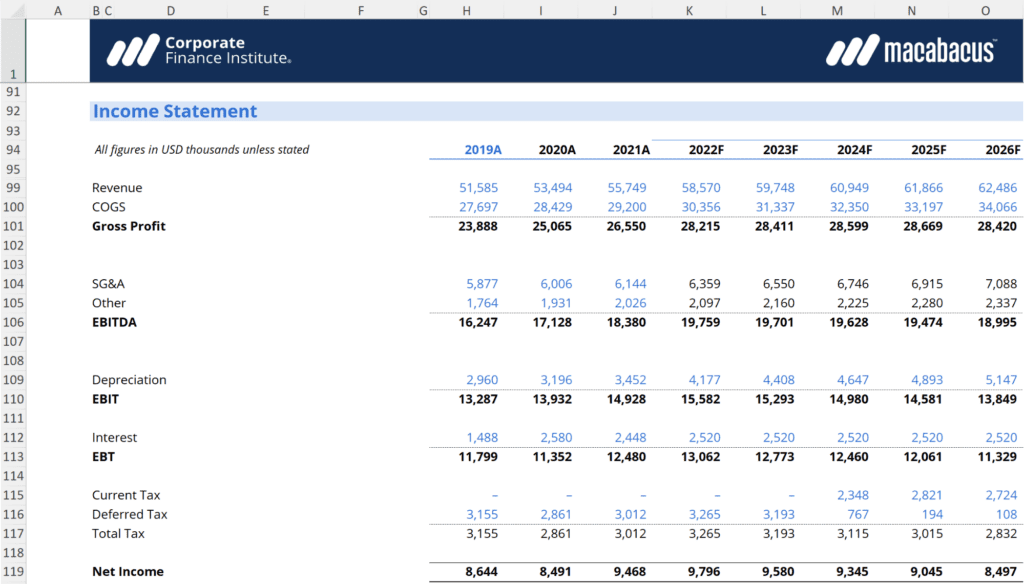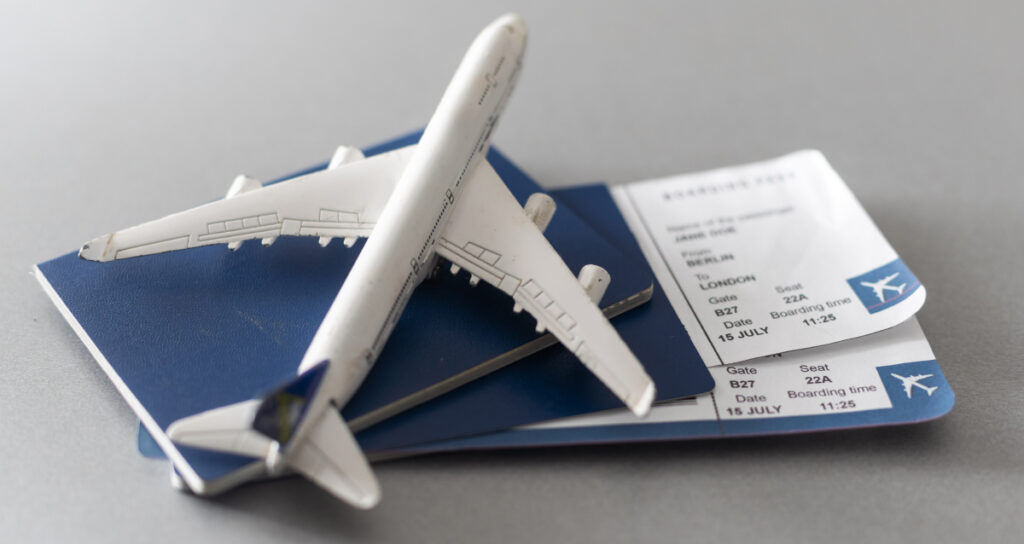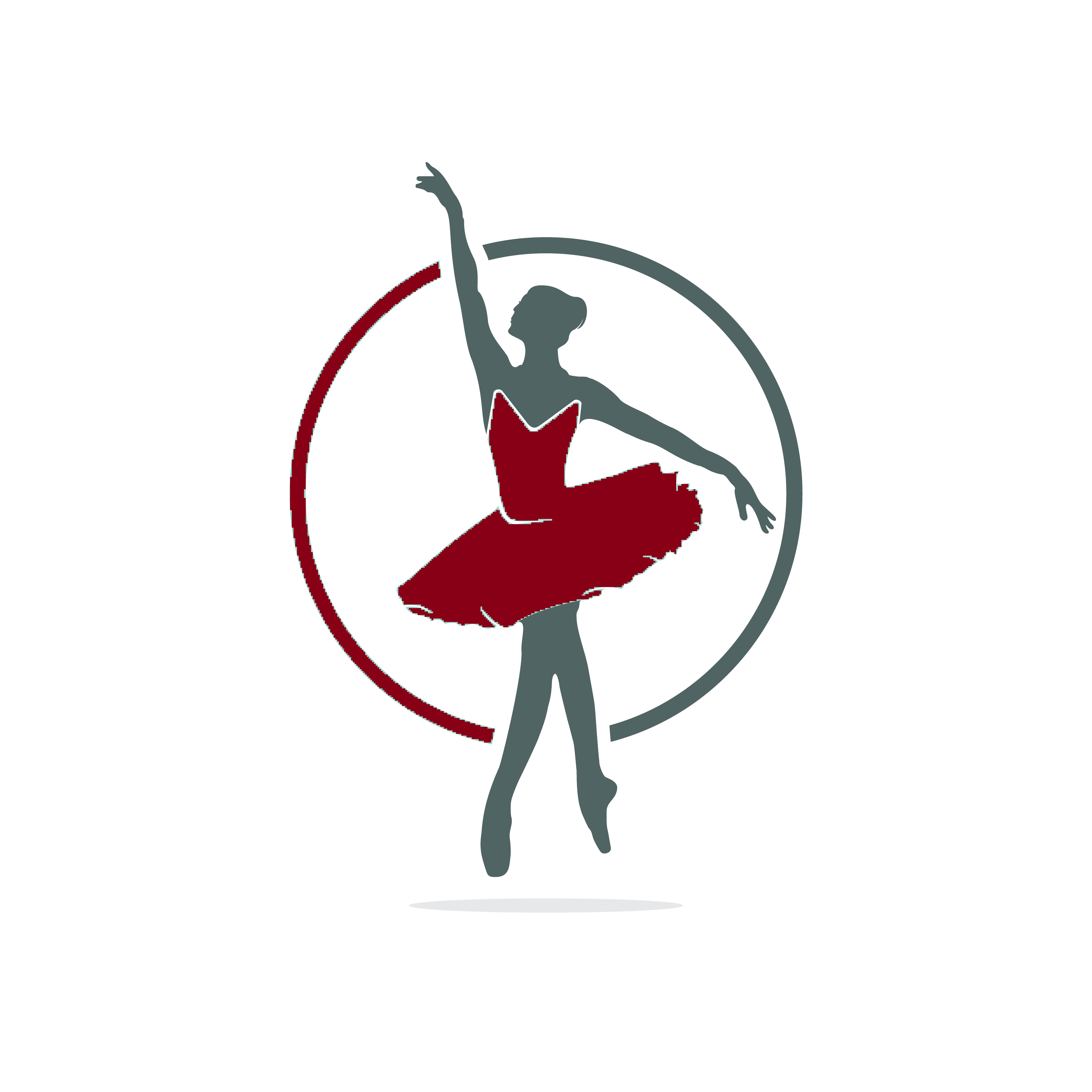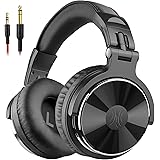When it comes to the world of modeling, Different Types of Models cater to different industries and specialties. From fashion models who grace the runways and fashion editorials to commercial models featured in advertisements, each type has its unique requirements and opportunities.
Fashion models showcase clothing and accessories on runways and in photoshoots.
Commercial models appear in advertisements for various products. 2. Plus-size models represent larger body sizes in fashion and advertising. Fitness models display athletic physiques in fitness magazines and ads. 3. Glamour models pose for magazines, calendars, and websites, often in provocative attire.
Swimsuit and lingerie models focus on swimwear and intimate apparel. 4. Petite models cater to the fashion industry’s demand for shorter stature. Child models work in advertising and fashion targeted at children. 5. Senior models represent older demographics in fashion and advertising. Parts models specialize in modeling specific body parts, like hands or feet. Modeling is a diverse field with various types that cater to different industry needs.
Fashion models, for instance, are crucial in showcasing designer collections on runways and in editorial shoots. Commercial models, on the other hand, appear in advertisements, promoting products ranging from household items to cars. Plus-size models have gained prominence, representing body diversity and promoting inclusivity. Fitness models inspire with their well-toned physiques, often appearing in health and wellness campaigns. Glamour models are known for their alluring photoshoots, while swimsuit and lingerie models specialize in beachwear and intimate apparel. Petite and child models cater to specific markets, with senior models representing older age groups. Parts models focus on modeling specific body parts, essential for close-up shots in advertisements.

Introduction To Modeling
Modeling is a glamorous and diverse industry. It offers various opportunities and career paths. From fashion runways to commercial shoots, modeling has something for everyone.
What Is Modeling?
Modeling involves showcasing clothes, accessories, or products. Models work for fashion designers, brands, and photographers. Their job is to present items in the best light. They use their looks, poses, and expressions to do this.
There are different types of modeling. Each type has its own requirements and style. Some models work on runways. Others may work in print ads or TV commercials. Some may even work as fitness or hand models.
History Of Modeling
Modeling has a rich history. The first professional model was Marie Vernet Worth in the 1850s. She worked for her husband, Charles Frederick Worth, a famous designer. This marked the start of fashion modeling.
In the 1940s and 1950s, modeling became more popular. Agencies like Ford Models were established. They helped models find work and manage their careers. During this time, models like Twiggy and Jean Shrimpton became famous. They set new trends and standards in the industry.
Today, modeling is more diverse. It includes different body types, ages, and ethnicities. This diversity makes the industry more inclusive and appealing.
| Type of Model | Description |
|---|---|
| Fashion Model | Works on runways and high fashion photo shoots. |
| Commercial Model | Appears in ads for products like food, cars, and electronics. |
| Fitness Model | Promotes health and fitness products. |
| Plus-Size Model | Represents larger body types in fashion and advertising. |
| Petite Model | Specializes in fashion for shorter heights. |
| Glamour Model | Focuses on beauty and sensuality. |
| Hand Model | Uses their hands to showcase products like jewelry. |
| Parts Model | Specializes in modeling specific body parts. |
| Child Model | Represents children in fashion and advertising. |
| Senior Model | Represents older adults in various campaigns. |
Fashion Models
Fashion models play a significant role in the fashion industry. They showcase clothing and accessories in various ways. These models work in different settings, each requiring unique skills and attributes.
Runway Models
Runway models, also known as catwalk models, display fashion on the runway. They need to have a strong presence and a confident walk. Their job is to highlight the designer’s creations during fashion shows.
- Height: Typically between 5’9″ and 6’0″.
- Body type: Slim and well-proportioned.
- Experience: Often start young, gaining experience over time.
Runway models must keep a neutral expression. They should not overshadow the clothing. Their movements need to be precise and graceful. The spotlight should always be on the designer’s work.
Editorial Models
Editorial models appear in high-fashion magazines like Vogue and Elle. Their photoshoots are often artistic and expressive. They help tell a story through fashion photography.
- Height: Typically between 5’8″ and 6’0″.
- Body type: Slim but can vary depending on the magazine’s style.
- Experience: Often work with top photographers and stylists.
Editorial models must convey emotion and narrative. They work closely with photographers to achieve the desired look. Their poses and expressions are crucial to the final image. They often have a more diverse and unique look.
The world of fashion modeling is vast and varied. Each type of model brings something special to the table. Understanding these differences can help you appreciate the art of fashion even more.
Commercial Models
Commercial models are everywhere. They promote products and services. They appear in advertisements, magazines, TV, and more. Commercial models help brands reach their audience. There are many types of commercial models.
Print Models
Print models appear in magazines, catalogs, and billboards. They showcase clothing, accessories, and other products. Print models need to be photogenic. They must have a unique look. They often work with photographers and stylists.
- Appear in advertisements
- Work with photographers
- Showcase products
Television Models
Television models are seen in TV commercials. They promote products and services. Television models need to act well. They must deliver lines naturally. They often work with directors and producers. They can become famous faces on TV.
- Appear in TV commercials
- Deliver lines naturally
- Work with directors
Glamour Models
Glamour models are known for their alluring and sensual appearance.
Lingerie Models
Lingerie models specialize in showcasing intimate apparel for brands and fashion shows.
Swimsuit Models
Swimsuit models flaunt beachwear and swimwear for magazines and advertisements.
Fitness Models
Fitness models are the epitome of strength, dedication, and health. They inspire millions to lead a healthier lifestyle. Their physique and stamina are achieved through rigorous training and balanced diets.
Bodybuilding Models
Bodybuilding models focus on building muscle mass and definition. They follow strict training routines and nutrition plans.
- Training: Intense weightlifting and strength training.
- Diet: High-protein meals, controlled carbs, and healthy fats.
- Competitions: Participate in events like Mr. Olympia and Arnold Classic.
Bodybuilding models showcase their muscle definition and symmetry. They often pose in bodybuilding competitions.
Athletic Models
Athletic models combine physical strength with agility. They often participate in sports and fitness challenges.
- Training: Varied workouts including cardio, weights, and flexibility exercises.
- Diet: Balanced meals with a mix of proteins, carbs, and fats.
- Activities: Engage in sports, marathons, and obstacle races.
Athletic models promote an active lifestyle. They are often featured in sportswear advertisements.
Here is a comparison of Bodybuilding Models and Athletic Models:
| Aspect | Bodybuilding Models | Athletic Models |
|---|---|---|
| Training Focus | Muscle mass and definition | Strength, agility, and flexibility |
| Diet | High-protein, controlled carbs | Balanced meals |
| Main Activities | Bodybuilding competitions | Sports and fitness challenges |

Parts Models
Parts models focus on showcasing specific body parts. They specialize in hands, feet, legs, or other parts. These models are essential in various industries. Advertisements, fashion, and product promotions use their body parts. Let’s explore two main types of parts models.
Hand Models
Hand models highlight the beauty of hands. They work in advertising, fashion, and product shoots. Companies hire them for jewelry, watches, and skincare products.
To be a hand model, you need perfect hands. This includes smooth skin, long fingers, and well-groomed nails. Hand models often use special skincare routines. This keeps their hands in top condition.
Below is a table of common industries and products for hand models:
| Industry | Common Products |
|---|---|
| Jewelry | Rings, Bracelets |
| Fashion | Gloves, Accessories |
| Beauty | Nail Polish, Skincare |
| Technology | Smartphones, Tablets |
Foot Models
Foot models showcase the beauty of feet. They work in advertisements, fashion, and product promotions. Companies hire them for shoes, socks, and skincare products.
To be a foot model, you need perfect feet. This includes smooth skin, well-shaped toes, and well-groomed nails. Foot models also use special skincare routines. This keeps their feet in top condition.
Below is a list of common industries and products for foot models:
- Footwear: Shoes, Sandals, Boots
- Fashion: Socks, Legwear
- Beauty: Foot Cream, Nail Polish
- Sports: Athletic Shoes, Sports Socks
Plus-size Models
Plus-size models represent body diversity in fashion. They cater to the majority who wear sizes 12 and above. Their presence challenges traditional beauty standards. Plus-size models promote body positivity and inclusivity. Their role is essential in today’s diverse fashion industry.
Market Demand
The demand for plus-size models is growing. Many fashion brands are expanding size ranges. Retailers recognize the buying power of plus-size consumers. This shift is evident in advertisements and runway shows. Plus-size models now feature in mainstream campaigns.
Key factors driving market demand include:
- Body positivity movement
- Increased inclusivity in media
- Consumer demand for diverse representation
- Retailers’ desire to tap into a larger market
Top Agencies
Several top agencies specialize in plus-size models. They provide platforms for these models to shine. Here are some leading agencies:
| Agency Name | Location | Notable Models |
|---|---|---|
| IMG Models | Worldwide | Ashley Graham |
| Wilhelmina Models | New York | Robyn Lawley |
| Ford Models | Los Angeles | Candice Huffine |
These agencies are known for their dedication to diversity. They help plus-size models achieve mainstream success.

Petite Models
Petite models are often underrepresented in the fashion industry. Despite their shorter stature, they bring unique charm and versatility. Brands value them for specific marketing campaigns and niche markets.
Height Requirements
Petite models typically stand between 5’1″ and 5’7″. This range allows them to fit into smaller clothing sizes. They often work in areas like print, commercial, and catalog modeling. Agencies may have different height criteria, but these are common standards.
Successful Petite Models
Several petite models have made a significant impact. Here are a few:
- Devon Aoki – Known for her work with Versace and Chanel.
- Laetitia Casta – A Victoria’s Secret Angel and GUESS model.
- Eva Longoria – Transitioned from modeling to acting, becoming a household name.
The success of these models proves that height isn’t a barrier. Talent and determination are key.
Child Models
Child models are a unique category in the modeling industry. They showcase clothing, toys, and other products aimed at children. These young talents often work in print ads, TV commercials, and even runways.
Age Categories
Child models can be grouped into different age categories. Each category has its own requirements and expectations.
| Age Category | Description |
|---|---|
| Infants | 0 to 2 years old |
| Toddlers | 2 to 5 years old |
| Children | 6 to 12 years old |
| Teens | 13 to 17 years old |
Parental Guidance
Parental guidance is crucial for child models. Parents must ensure their children are safe and comfortable. They should also help them balance school and modeling.
- Safety: Always check the credentials of the agency.
- Comfort: Ensure your child enjoys the work.
- Balance: Help your child manage school and modeling.
Parents should also be aware of the legal aspects. They need to understand contracts and working hours.
Alternative Models
Alternative models break the mold of traditional beauty standards. They showcase unique styles, appearances, and lifestyles. These models often have distinct looks that stand out from the crowd. Let’s explore two popular types of alternative models: tattoo models and punk models.
Tattoo Models
Tattoo models have bodies adorned with intricate tattoos. These tattoos often tell stories or express personal beliefs. Tattoo models proudly showcase their ink in photoshoots and fashion shows.
Brands and magazines love using tattoo models. They bring a unique edge to their campaigns. Their tattoos can range from small, delicate designs to full-body art. Each tattoo adds character and tells a story.
Many tattoo models gain popularity on social media. Platforms like Instagram help them share their unique looks. Fans appreciate their bold and fearless style.
| Feature | Description |
|---|---|
| Body Art | Intricate and meaningful tattoos |
| Platform | Instagram, Fashion Shows, Magazines |
| Popularity | High on social media |
Punk Models
Punk models embody the spirit of punk rock culture. They often have bold hairstyles, piercings, and edgy clothing. Punk models challenge conventional beauty norms with their rebellious style.
These models often feature in alternative magazines and music videos. They bring an authentic punk attitude to fashion and media. Their look is not just about style but also about attitude and personality.
Punk models inspire others to embrace their individuality. They promote a sense of freedom and self-expression. Their unique appearance makes them stand out in the modeling world.
- Hairstyles: Mohawks, dyed hair, bold cuts
- Accessories: Piercings, leather jackets, band tees
- Attitude: Rebellious and free-spirited
Frequently Asked Questions
Who Is The Top 10 Model In The World?
The top 10 models in the world include Gigi Hadid, Bella Hadid, Kendall Jenner, Adriana Lima, Cara Delevingne, Gisele Bündchen, Karlie Kloss, Liu Wen, Joan Smalls, and Rosie Huntington-Whiteley.
What Are The Types Of Models?
There are several types of models: physical models, mathematical models, statistical models, conceptual models, and computational models. Each serves different purposes in research and industry.
How Many Model Types Are There?
There are several model types, including linear, logistic, decision trees, neural networks, and support vector machines. Each serves different purposes in machine learning.
What Is The Most Popular Type Of Modeling?
The most popular type of modeling is fashion modeling. It includes runway, editorial, and commercial modeling. Fashion models work with top designers and brands.
Conclusion
Exploring the diverse types of models reveals endless opportunities in the fashion and entertainment industries. Each model type has unique features and demands. Understanding these can help you find your niche. Whether you’re aspiring to be a runway star or a fitness model, there’s a perfect path for you.
Embrace your strengths and shine.
Read another article to learn more about the Type Of Modeling “20 Types of Modeling in the Modeling Industry“



















